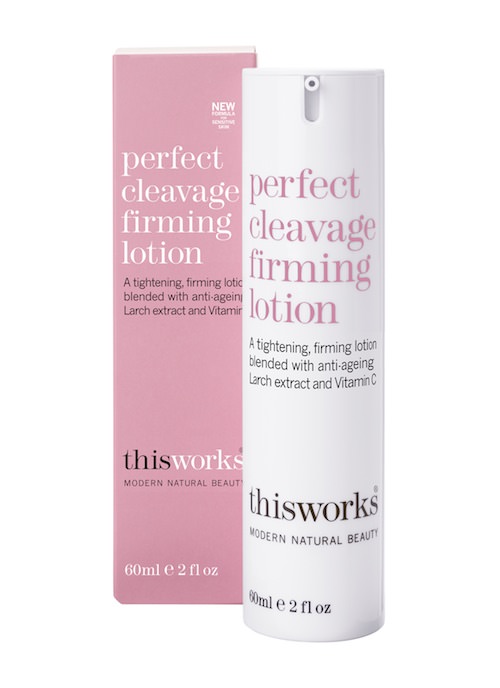Breast implants and cancer
No evidence has been found that breast implants, either silicone or saline filled, can cause breast cancer.
Risk factors for breast cancer include gender, age, genetics, family history, personal history, race, menstruation, breast tissue and other benign lumps, as well as lifestyle choices, such as birth control and hormone therapy replacement, having children, breastfeeding, alcohol consumption and weight.
The use of breast implants has been studied with regard to breast cancer and no link has been found. Even the now-banned PIP implants, which had high rupture rates, have not shown any link to causing cancer. The area that is still up for debate, however, is the impact that implants may have on diagnosis of breast cancer, and there are several schools of thought on this topic.
Implants may interfere with a mammogram
Most implants are filled with silicone or saline, both of which are radio-obscure, which means that X-rays cannot penetrate them. Therefore, they cast a shadow and obscure the breast tissue that lies behind them, potentially hiding cancerous cells. Canadian researchers have published the results of the first systematic review of studies involving 1,000 women with breast implants and breast cancer in the British Medical Journal. The review covered 12 different studies across America, Canada and northern Europe, and found that women with breast implants who developed breast cancer had a 26 per cent higher risk of being diagnosed late, when their cancer was more advanced.
However, other studies have found no such link and the Canadian authors warn that the findings should be interpreted with caution given the small numbers involved, and other compounding factors which have not been taken into consideration.
As breast implants are becoming increasingly common, mammogram technicians are improving their techniques to minimise this issue; they can gently displace the implant and take extra shots of each breast to ensure that they get a clear picture. Radiologists are also alerted to the presence of implants and will take longer to read the results.
In fact, there is a part of every woman’s breast that cannot be seen on a mammogram, notably the bit at the back pressed against the muscle and chest wall. This is a greater proportion of the whole breast in a smaller-chested woman, and for these ladies, the part that cannot be seen on the mammogram remains about the same proportion with or without implants.
Implants may prevent the spread of cancer
There are no studies to support the theory, but some surgeons believe that if the implant is placed in front of the muscle, it may act as a barrier to stop cancer spreading into the muscle. There is no evidence to prove or disprove this, but it is an interesting idea.
Implants may improve manual check ups
Once you have learnt the feel of your new breasts with implants, self-examination actually becomes a bit easier. Breasts are naturally lumpy and determining a new bump can be tricky, but the smooth round surface of an implant helps you to spot even tiny lumps more easily.
Latest Cream Review
Browse Categories
Most popular
Dr. Organic Moroccan Argan Oil Breast Firming Cream Review
Dr. Ceuticals Bust Boost Review
UK beaches uncovered: The topless top five
Palmer’s Cocoa Butter Bust Cream Review
The politics of breasts: Know your rights
Strapless, backless or plunging – bra solutions for every dress dilemma
Nutrition and lifestyle for breast cancer prevention


